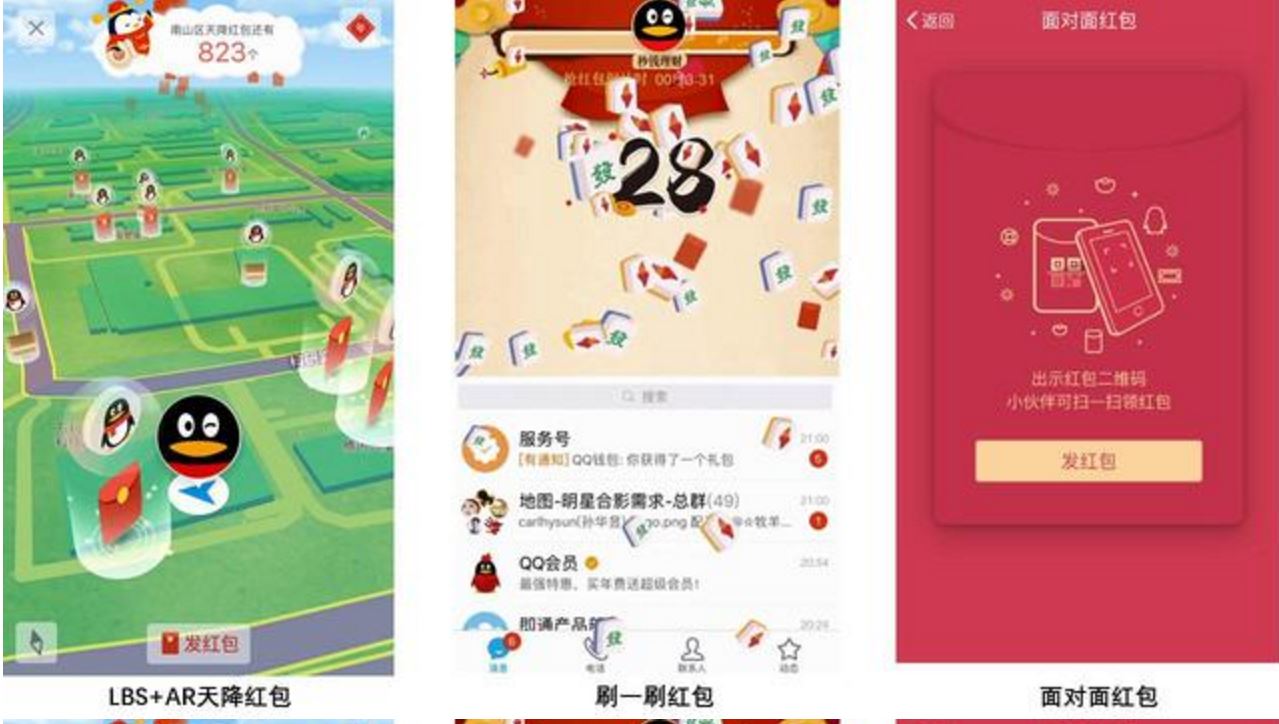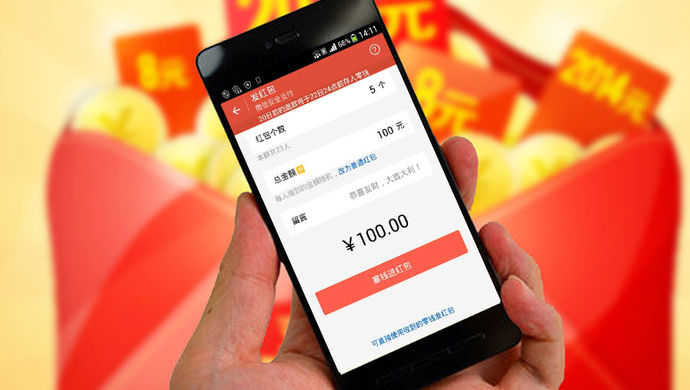One of the highlights of every Chinese New Year (CNY) celebration is the giving out of hongbao (red packets with money) to the young.
Here in Singapore, we still use nicely-designed paper red packets to practise this age-old custom. In China, however, technology has brought a new lease of life to the hongbao-giving tradition.
Hongbao went virtual in China through social messaging app WeChat in 2014. The app links users’ mobile payment platforms, such as Tencent and Alipay, to their real-world bank accounts. This allows users to make e-payment transactions, such as the giving of hongbaos without the use of physical red packets.
Red envelope wars
Currently Tencent (owned by WeChat) and Alipay (owned by Alibaba) are widely regarded as China's two market leaders in mobile payment.
In the year of the Rooster, these two internet giants have gone head to head again by introducing exciting new features to get users hooked on their apps.
Alipay and Tencent's QQ both launched augmented reality (AR) virtual red packets with location based service (LBS) technology, a feature similar to Pokémon Go (note: The game is not available in China).
For QQ, its Rmb 250 million (approx. S$51.62 million) marketing campaign from Jan. 20 to 24 allowed users in 369 Chinese cities to collect red packets placed in 4.25 million geographical entry points nationwide.
 Source: Vvcat it news
Source: Vvcat it news
Alipay continued with last year’s theme of collecting five different styles of fu (福 or “good fortune” in English), asking users to scan anything with the Chinese character on it.
 Source: technode
Source: technode
In the run-up to the CNY, Tencent and Alibaba gave out a total of Rmb 450 million in festive hongbao to 511 million users, a clear sign of the popularity of e-hongbaos.
The smell of new crisp notes, feeling how thick the envelope is and wondering how much is inside, are all part of the CNY ritual of receiving hongbaos. This tradition will most likely endure, but the rise of digital hongbaos has added a new element of gamification for people in China.
Before these virtual hongbaos reach our shores, we can only look on as our Chinese friends get to enjoy the fun and entertainment when they bond with friends and family during CNY.
Top photo from here
If you like what you read, follow us on Facebook and Twitter to get the latest updates.
If you like what you read, follow us on Facebook, Instagram, Twitter and Telegram to get the latest updates.
